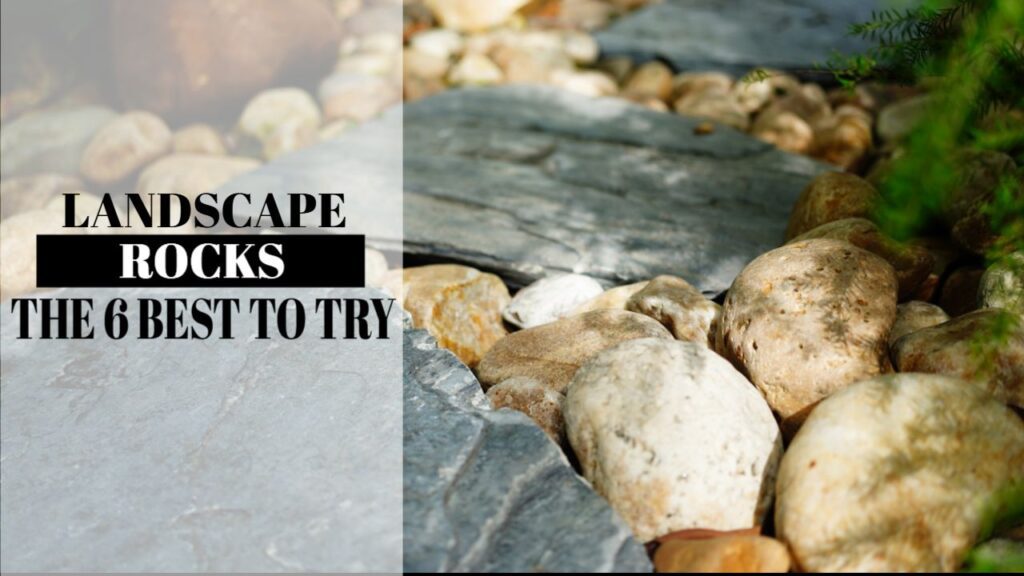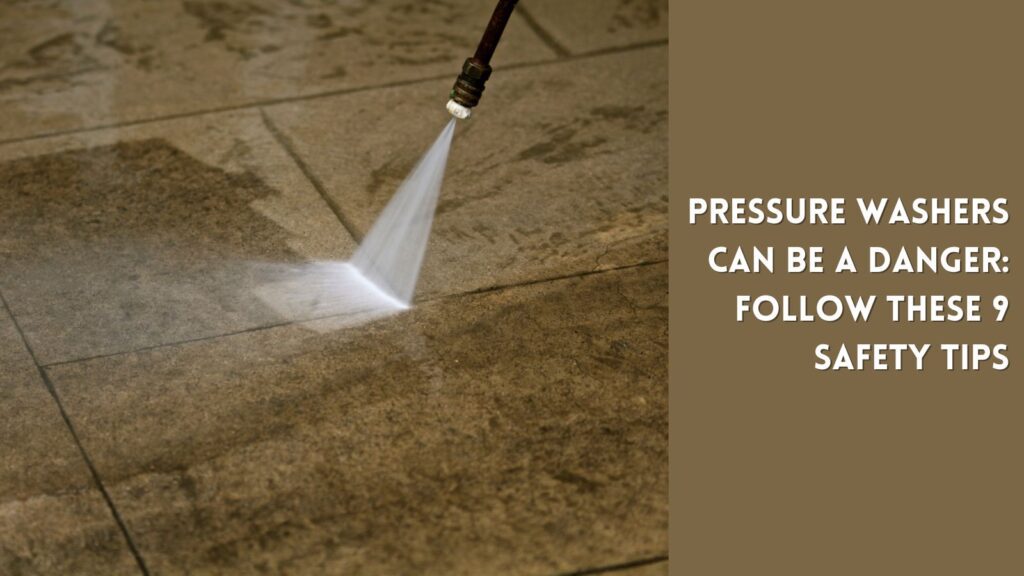Last Updated on: 18th October 2023, 02:26 pm
So many types of paver stones…it’s a matter of finding the right one for the job.
Paving stones (patio pavers) are an attractive and versatile option for adding a unique touch to any outdoor space. Whether you want to create cozy outdoor seating or a more elaborate outdoor entertaining area, patio pavers can create a beautiful and functional space.
By the end of this content, you will:
- Understand where you might use paving stones.
- Learn about the many types of patio pavers.
- Read step-by-step tips on how to install and level them.
5 Ways to Use Paving Stones in Your Hardscaping
Paving stones are a great way to add texture, color, and style to any landscape design. Here are five places that would benefit from an installation.

1. Create a Patio:
Paving stones are ideal for creating a patio in your backyard or garden. They come in gorgeous shapes, sizes, and colors, so you can easily find the perfect stones to accentuate your landscape design. Plus, they’re durable and easy to maintain, making them an excellent choice for outdoor entertaining.
2. Build a Walkway:
Paving stones are a great way to create a beautiful walkway in your yard. They can be laid in various patterns and colors to create a unique look. Plus, they’re simple to install and maintain, making them perfect for a long-lasting and durable walkway.
3. Add a Decorative Touch:
Use patio pavers for a decorative touch to any landscape design. Again, their vast color choices and styles ensure you can easily find the perfect stones to match your outdoor space. In addition, they are easy to install and maintain, making pavers an excellent choice for a decorative touch.
4. Create a Driveway:
Paving stones are an ideal choice for creating a driveway in your yard. Unlike a concrete drive, you can add charm to your landscape by exploring the many shapes, sizes, and colors. Choose a type that will be durable for many years to come.
5. Enhance a Pool Area:
Pavers are a fantastic way to enhance the look of a pool area. They add warm, natural details and accentuate plants or other good-looking hardscaping around the pool deck.
Six Types of Paving Stones
No matter what type of patio pavers you choose, they can add a unique touch to your outdoor space. With so many options available, you will find the perfect pavers for your hardscaping project. Below, you will find a few fantastic options.
Concrete Pavers:
These are the most common paving stones. Concrete pavers come from sand, cement, and water. They come in various colors and textures and are easy to install.

Pros:
- Versatile and durable
- Available in a wide range of shapes, colors, and textures
- Affordable compared to other options
- Can be easily replaced or repaired if damaged
Cons:
- Can crack or chip over time, especially if exposed to extreme weather conditions
- It can be prone to staining if not sealed properly
- Limited design options compared to brick or natural stone
Brick Pavers:
Brick pavers are made from fired clay and come in range including white, gray, red, or brown.
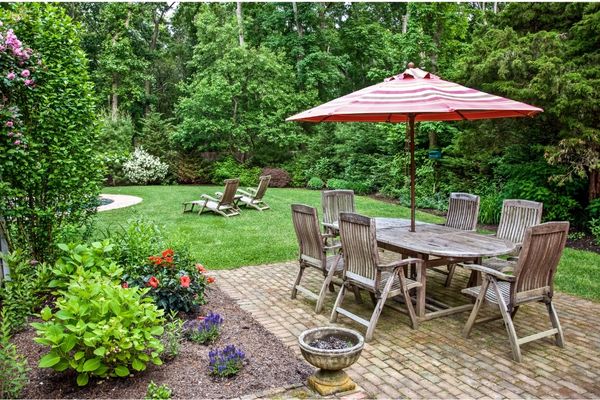
Pros:
- Durable and long-lasting
- Available in a variety of colors and textures
- Classic and timeless appearance
- Can be easily replaced or repaired if damaged
- Some bricks are fire-resistant, perfect for installing a fire pit
Cons:
- It can be more expensive than concrete pavers
- Can shift over time if not installed correctly
- Not ideal for high-traffic areas as they can wear down and become slippery
Stone Pavers:
Natural stone pavers come from natural stone (as the name implies). Like the others, they come in many shapes and sizes. They’re an excellent choice for a more rustic look.

Pros:
- A natural and unique appearance
- Durable and long-lasting
- Resistant to weather and environmental factors
- Wide range of colors and textures are available
Cons:
- Can be expensive compared to other options
- Not as easy to install as concrete or brick pavers
- Can be slippery when wet
Flagstone Paving Stones:
Flagstones are flat stone pieces and are ideal for pathways or walkways. They come in myriad colors and textures and can be used to create a unique design.
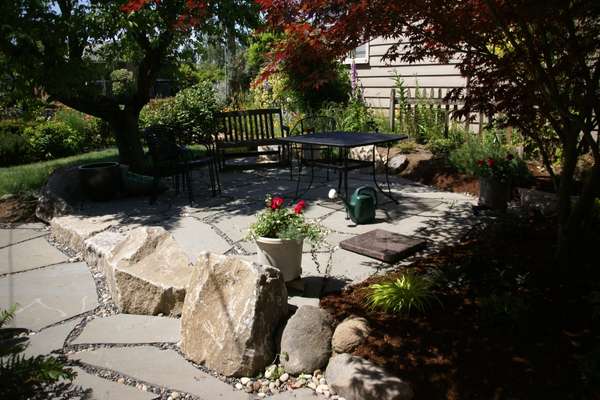
Pros:
- Natural and unique appearance
- Durable and long-lasting
- Resistant to weather and environmental factors
- Wide range of colors and textures are available
Cons:
- Can be expensive compared to other options
- Not as easy to install as concrete or brick pavers
- Can be slippery when wet
Rubber Pavers:
Rubber pavers are made from recycled rubber and are perfect for areas that need extra cushioning, such as playgrounds or patios. They’re also slip-resistant and the easiest to install.
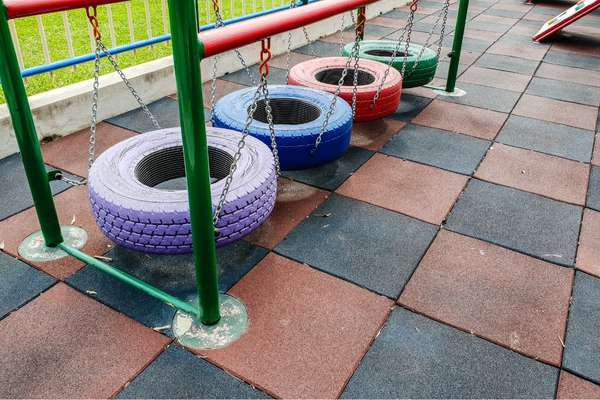
Pros:
- Eco-friendly option made from recycled materials
- Slip-resistant surface
- Easy to install and maintain
- Cushioning effect makes them ideal for high-impact areas
Cons:
- Limited design options
- Can be more expensive than other options
- Not as durable as other materials and may need to be replaced more frequently
Wood Pavers:
Wood pavers are made from irregularly shaped logs and lend a charming, rustic natural look. They’re also easy to install and replace as needed.
Although wood pavers are worth a mention, Tayloe’s Lawn Care Services strongly discourages installing them in eastern North Carolina. Our hot, humid summers and tropical storms make them unsuitable here.
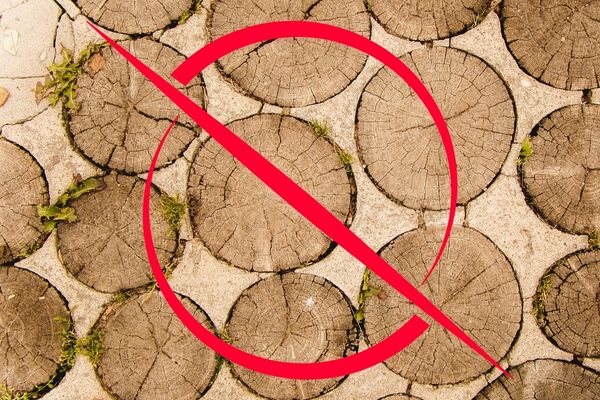
Pros:
- Natural and unique appearance
- Provides a warm and inviting atmosphere
- They can be easily replaced or repaired if damaged
Cons:
- Can be prone to rot, decay, and warping
- Requires regular maintenance and sealing
- Not ideal for high-traffic areas as they can wear down and become slippery
Tools You Will Need to Install Patio Pavers or Stones
Having the right tools on hand will make this hardscaping project much easier. Here is a list of the essential tools you need to have handy to install paving stones:
- Hammer: A hammer is essential for tapping the paving stones into place. It is also helpful for breaking up any large stones that need splitting.
- Level: A level ensures that the paving stones are laid in a straight line and that they are even with each other.
- Tape Measure: A tape measure is important for measuring the area where the paving stones will be installed. This will help you determine how many stones you need and where to place them.
- Shovel: A shovel is necessary for digging out the area where the paving stones will be installed. It is also helpful for leveling the ground before laying the stones.
- Wheelbarrow: A wheelbarrow is essential for transporting paving stones from the store to the installation site.
- Trowel: A trowel is needed for spreading the sand or gravel that will be used to fill in the gaps between the patio pavers.
- Chalk Line: A chalk line is helpful for marking the area where you will install the paving stones. This will help you ensure that you lay the stones in a straight line.
- Safety Gear: Safety gear, such as gloves, protective eyewear, and a dust mask, is essential for protecting yourself from any potential hazards.
Having the right tools on hand before you start makes the job of installing paving stones much easier and quicker. You will avoid wasting time and testing your patience every time you need to find the next tool.
How to Lay Paving Stones or Pavers Step-by-Step
Laying paving stones is a great way to add a unique and attractive touch to your outdoor space. With the proper tools and a little bit (or a lot) of patience, you can craft a beautiful and durable outdoor area. Follow this step-by-step guide, and you’ll be well on your way to creating a stunning outdoor space.
1. Prepare the area for the paving stones:
Before laying the paving stones, you must adequately prepare the surface. Clear away any debris or plants, and level the ground. You can use a shovel to level the ground and remove any large rocks or roots if necessary.
2. Mark the area:
Once the area is cleared and leveled, you must mark where you will lay the paving stones. You can use a string or chalk line to mark the area. Make sure the lines are straight and level.
3. Lay the foundation:
The foundation of your paving stones is vital for ensuring the pavers have sufficient. You can use a layer of sand or gravel to create a level and stable base. Ensure the foundation is level and compacted before laying the stones.
4. Lay the paving stones:
After you create a good foundation, you can begin laying the paving stones. Start at one corner of the area and work your way out. Make sure the stones are level and tightly fitted together. You can use a rubber mallet to tap the stones into place.
5. Fill the gaps between the patio pavers:
Once all the stones are in place, you must fill in the gaps between the stones. You can choose sand or fine gravel to fill the gaps. Sand is generally more affordable. Ensure you pack the materials tightly into the gaps to secure the stones to prevent shifting.
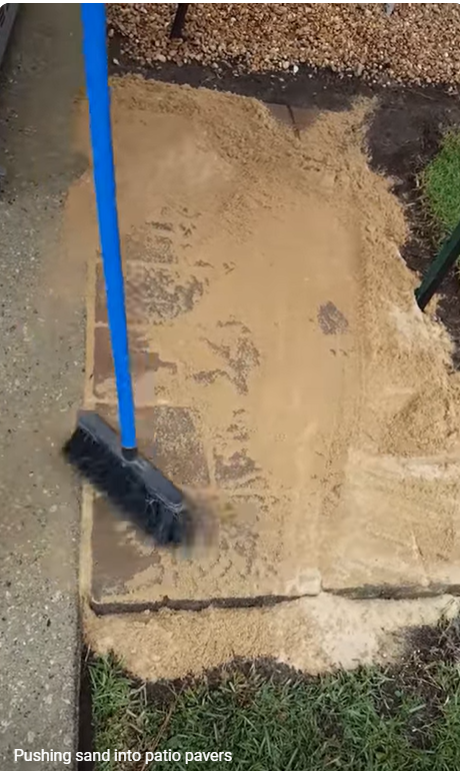
6. Seal the paving stones:
Once the pavers are in place and you fill the gaps with sand, you should seal the stones. This step will help protect the stones from the elements. You can use a sealant specifically designed for paving stones.
The Takeaway: Paving Stones Add Beauty to Your Landscaping; installation Can Be a DIY Project With Some Know-How
Consider laying paving stones if you want to add a unique and attractive touch to your outdoor space. Pavers are attractive and durable for pathways, patios, and other outdoor areas. Laying paving stones can be a challenge, but with the right knowledge and patience, you can create a beautiful outdoor space.
Author Profile

- Deborah Tayloe is the CEO and co-founder of Tayloe's Lawn Care Services, LLC. She has a B.S.Ed and holds certificates in soil and water management and herbology from accredited programs.
Latest entries
 GardeningSeptember 27, 2025What perennials, shrubs, and trees don’t like fall pruning (and why)?
GardeningSeptember 27, 2025What perennials, shrubs, and trees don’t like fall pruning (and why)? Trees and ShrubsSeptember 14, 2025Fall Shrub Pruning Guide (September–October)
Trees and ShrubsSeptember 14, 2025Fall Shrub Pruning Guide (September–October) Trees and ShrubsApril 22, 2025Boxwood Blight: Early identification and isolation
Trees and ShrubsApril 22, 2025Boxwood Blight: Early identification and isolation Flower GardenApril 8, 2025John F. Kennedy Rose: Hybrid tea rose with elegant white blooms
Flower GardenApril 8, 2025John F. Kennedy Rose: Hybrid tea rose with elegant white blooms





